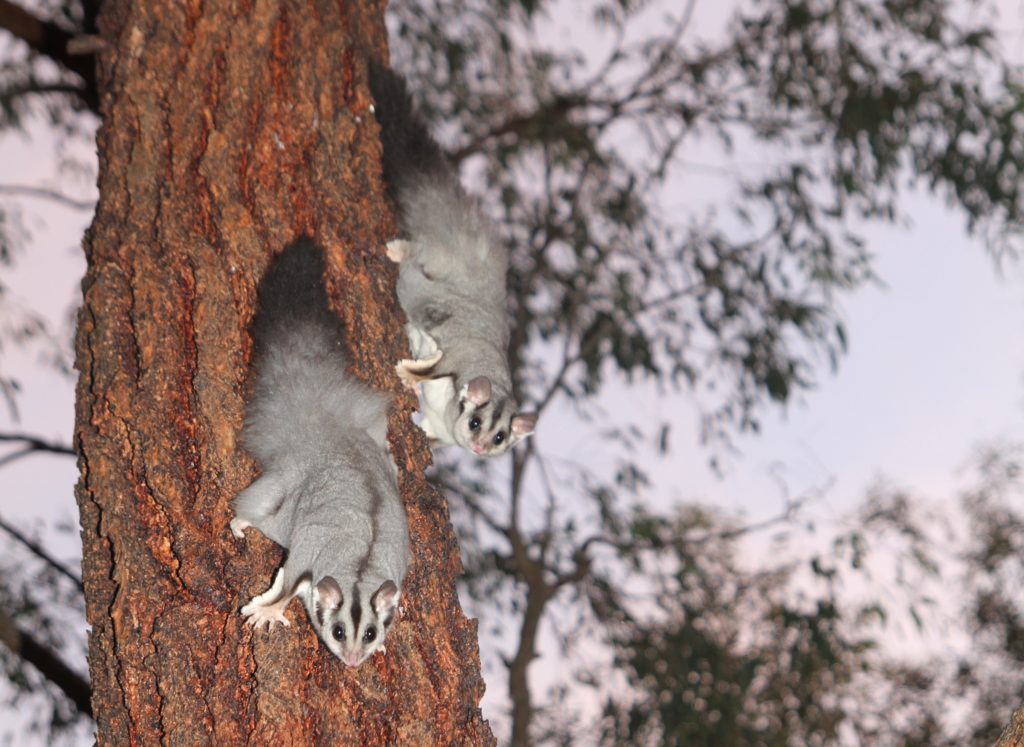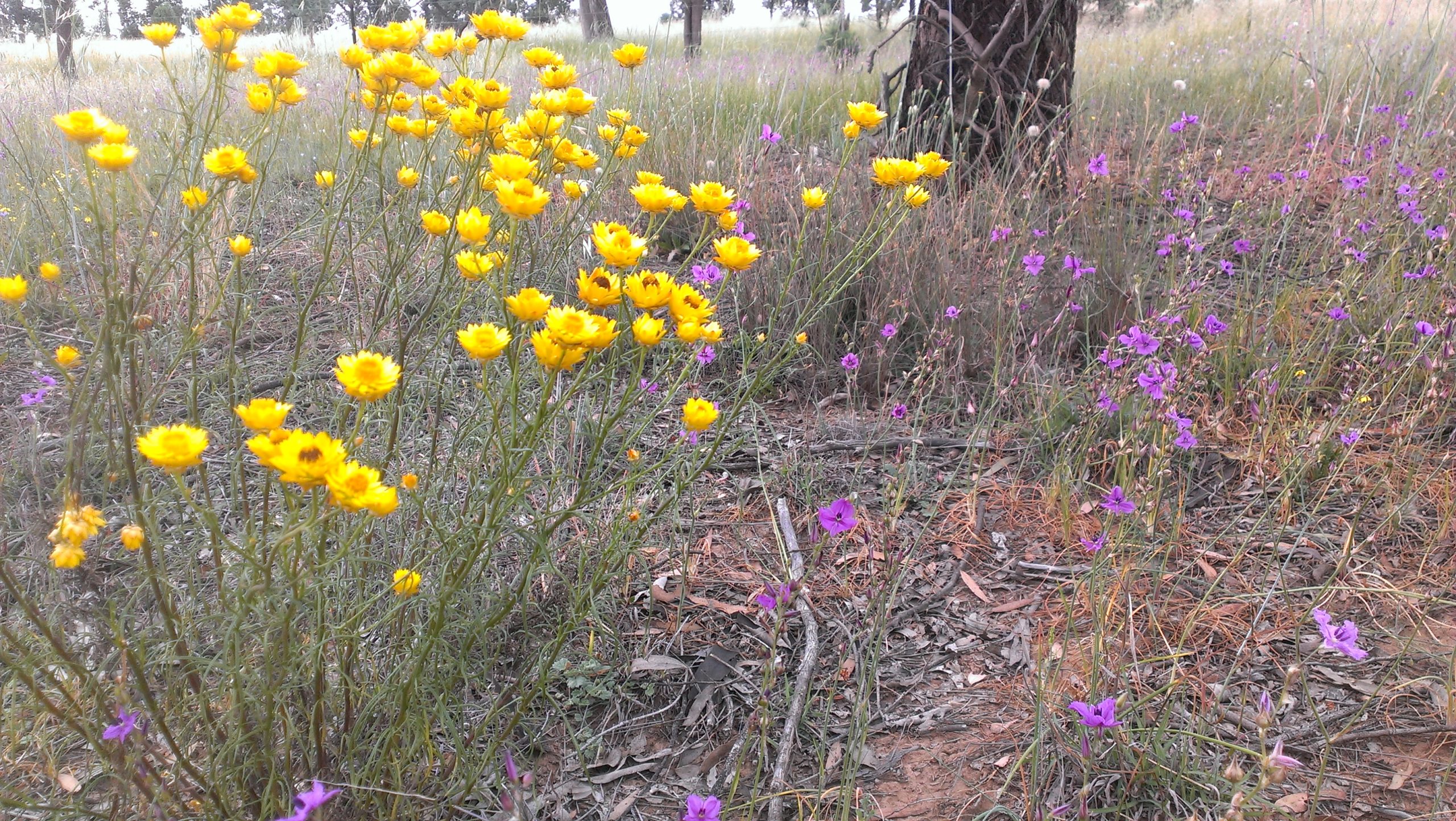We were excited to see Amanda Foxon-Hill and Tracee Burke from Mid Lachlan Landcare featured in the May 2025 issue of Landcare Australia’s ‘In Focus’ magazine.
From the article:
Tracee and Amanda share the role of Local Landcare Coordinator for the Mid Lachlan Region. Mid Lachlan Landcare is a community-based, not-for-profit organisation that is committed to restoring the environment, improving agricultural sustainability, and supporting communities around Canowindra and Cowra in the Central Tablelands region of New South Wales.
Key to our organisation is capacity-building within our landholder network that encourages the adoption of sustainable and regenerative grazing management practices that deliver on financial, social, and ecological outcomes.
We are also committed to providing natural resource management education for all ages that aims to connect people with food production and strengthen the links between urban and rural communities. We are dedicated to building resilience across the landscape through on-ground works and education aimed at improving biodiversity and a better environment for all.
In what ways would you like to see the Australian landcare movement March Forward?
March marks the first year anniversary of job-sharing a Local Landcare Coordinator role. We’ve worked together for 18 months. With that realisation my shoulders relax, I breathe out and break into a smile. It’s been a challenge, and we did great!
This year Tracee and I have learned how to march forward together by observing nature and noting that everything has its pattern, its time to shine, to set seed, and to retreat. That there is no discordance in the ebbing and flowing of a healthy box gum woodland, thriving paddock or eclectic garden, only cycles that reinvigorate and support each other as nature progresses towards its goal.
While it’s fair to say that sometimes we learned these lessons the hard way, one person’s flow catalysing the other’s ebb, leaving us revitalised and comfortable as we march forward together.
Article originally appeared in the May 2025 issue of Landcare Australia’s ‘In Focus’ magazine
Photo: via Mid Lachlan Landcare


